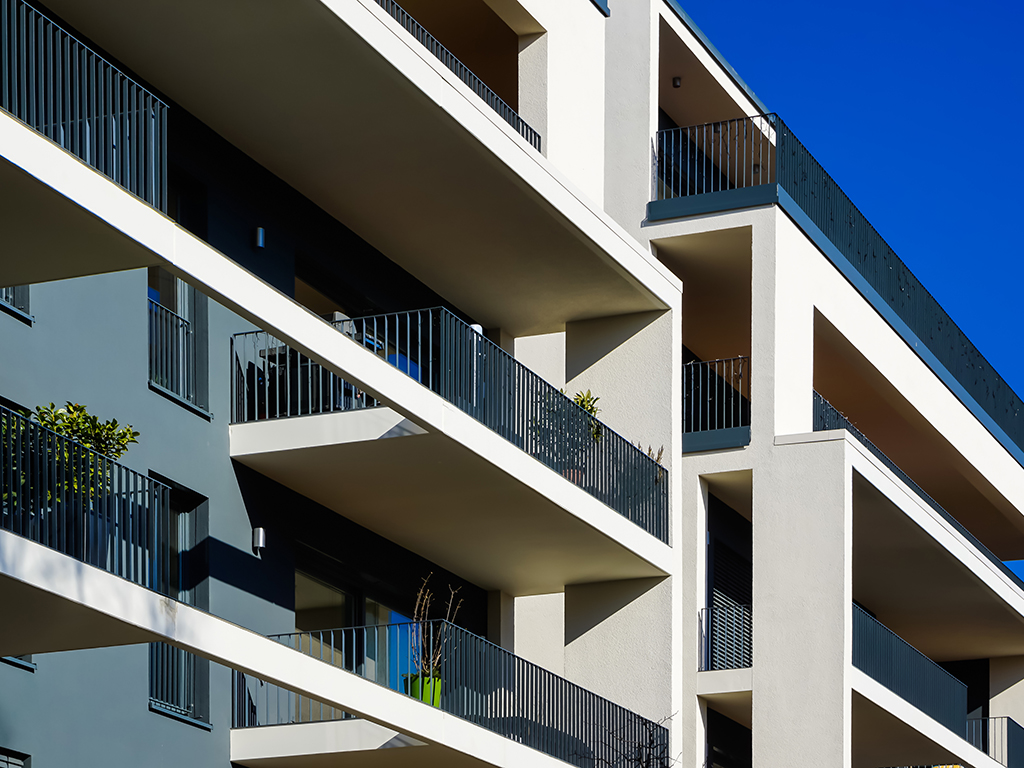CEE Region to get more investments - Colliers International presents the results of its Global Investor Outlook 2016 survey
Investor sentiment toward real estate is projected to remain positive globally, according to the Global Investor Outlook (GIO) 2016 survey by Colliers International. Primary target markets will continue to draw the most interest, with moderating risk appetite, stable economic conditions,and low interest rates driving increased investment in secondary markets.
A key finding of the reportindicates that of the more than 600 investors Colliers surveyed, over half (52 percent) will increase fund allocations to real estate in 2016, while only 11 percent plan for a decrease. Real estate investment is therefore on track for continued growth in 2016, with the global investment community bullish, especially in the U.S., but also inother core markets in Europe and across the globe.
Key global takeaways from this report include:
• Real estate continues to appeal. Sentiment toward real estate remains positive, with global transactions set to exceed 2014 levels by year end and nearing pre-financial crisis levels. More than half of the respondents with multi-asset portfolios also said that they would increase their real estate allocations in the next 12 months.
• Liquid markets still preferred. While the ‘search for yield’ has pushed some investors up the risk curve toward secondary assets and more peripheral markets, the most liquid markets (U.S., U.K., Germany, Australia and Japan) and global gateway cities (London, Paris, New York, San Francisco, Tokyo and Sydney) remain the primary target for global cross-border investors over the next 12 months. In entering peripheral, higher-yielding markets, liquidity is being seen as an obstacle.
• Hot pricing. 2016 will see a greater emphasis on secure income and asset management to drive performance.For some investors, it’s getting harder to achieve return expectations, particularly in ‘overcrowded’ core markets, which are seen as expensive and fully priced by many. Some fund managers cite a growing misalignment between their client return expectations and what the market offers.
• Risk appetite moderates. International investors remain confident, but recent economic volatility and geopolitical events have made them more cautious. In particular, there is apprehension that the economic environment could change at any time. China and U.S. interest rates are just two issues resonating with investors.
• Local partnering.Colliers’ survey results show that more global investors will partner with local expertise and acquire platforms as a means of placing substantial amounts of capital with confidence.
• Return of debt. Up from 78% last year, the majority of investors (82%) will use debt to finance acquisitions, suggesting that the equity phase of the cycle is giving way to a debt phase.
In EMEA specifically, Colliers has uncovered several key findings including:
• Investors turn to Europe for greater value. European volumesare expected to increase further in 2016 driven by a variety of prime markets and attractive lending conditions. However fewer investors expect to be net buyers. US investors remain committed to Europe, with a third of them planning to invest in EMEA during the next 12 months.
Investors from outside EMEA will typically have more of a narrow focus around London, Paris and the key German cities, with Madrid also on the radar. Asian capital will continue to focus on London and German cities in 2016, underscoring investors’ reduced appetite for risk.
• CBD offices the preferred sector. Central Business District (CBD) offices are the main target across EMEA investors, followed by shopping centres and new development opportunities in Continental Europe.In the UK,CBD offices were succeeded by industrial & logistics, residential and last new development opportunities.
• Direct investment remains the most popular way to the market. 60% of surveyors, who plan to increase exposure to EMEA markets, intend to do so through direct purchase by sole investors. Investment through joint venture structures accounts for only 19% of total EMEA investment in real estate, whereas the remaining 21% of vehicles are distributed evenly across debt vehicles, third party funds and real estate investment trusts (REITs).
• Portfolio expansion aided by greater availability of debt. Our survey shows that 49% of EMEA investors are more likely to take on more risk in the next 12 months as they further plan to expand their portfolios. 83% of them say they are likely to use debt as debt conditions have improved and are expected to continue to do so into 2016.
• Central Eastern Europe investments. The region of Central Eastern Europe (CEE) is attracting more interest from capital moving up the risk curve and chasing yield. As a result, investment volumes in CEE have increased by 9% since last year. In CEE and across the rest of Europe, growing competition has led to an increase in value-add funds during 2015, looking to partner with local asset managers to help de-risk the process, whilst the focus has been on retail and logistics portfolios rather than single assets.
The Serbian real estate market in 2015 was primarily characterized by the recommencement of development activity. After several years of little change to the landscape, construction in most market segments seems to be back in full motion.
The office market in Belgrade experienced the completion of the most significant project in terms of area since 2010. More strikingly, in the second half of the year, the capital witnessed the start of construction of several large-scale Class A office complexes which will increase stock in this segment by a remarkable 20% in the next two years. A trend of enhanced investment was propelled by ever-increasing demand for office space which has led to domestic financiers being less weary and increasing liquidity of the investment market.
The retail market was similarly characterized by the arrival of new and pipeline developments. The construction of Rajiceva and Belgrade Plaza continued throughout the year, bringing Belgrade closer to the introduction of another modern shopping center. Retail parks in Zemun, Cacak and Zrenjanin were also completed, further displaying the tendency of local consumers and international investor favoring this type of retail scheme, especially in the secondary cities. Moreover, after the first ever investment transaction of an existing shopping center in the previous year, 2015 saw a further increase amongst international institutional investors, specifically in the Belgrade market.
The residential market’s ongoing trend of construction of modern complex developments continued. These projects offer modern design in favorable locations and relatively high quality in comparison to what was previously offered in the price range. Coupled with improved marketing strategies from investors and an increase of confidence among potential buyers, 2015 was characterized by unprecedented absorption rates of these types of complexes. Investors and financiers have certainly taken note and increased interest for these types of projects is expected in the coming period.
- It is a pleasure to witness and be a part of the expansion that the Serbian real estate market is currently experiencing. Signs of maturity can be seen through more complex transactions, increased volume and a new class of market participants. The future seems to be optimistic with more international investors coming into the market and improving each market segment with their experience and knowledge - commented Ana Vukovic, Managing Director Greece & Serbia.
- We will look back on 2015 as a year of positive change with improving fundamentals in each market segment. We are hopeful that this trend will continue in the future and that the Serbian real estate market will live up to its full potential - stated Uros Vukomanovic MRICS, General Manager Serbia.
About the survey:
For the “Global Investor Outlook” 2016 edition, Colliers International surveyed over 600 investors across the risk spectrum from the Americas, EMEA and Asia-Pacific regions. These investors include private equity, property companies, REITs, funds, institutions and sovereign wealth funds. According to our survey, the respondents collectively represent real estate holdings with total assets under management of around $1.5 trillion. To supplement the survey findings, Colliers International interviewed a further 50 investors to better understand what is driving their ambitions for the coming year.


 Izdanje Srbija
Izdanje Srbija Serbische Ausgabe
Serbische Ausgabe Izdanje BiH
Izdanje BiH Izdanje Crna Gora
Izdanje Crna Gora


 News
News














 LinkedIn
LinkedIn Email
Email Copy link
Copy link


